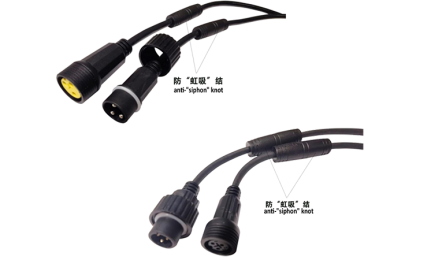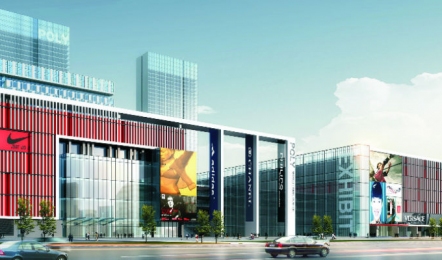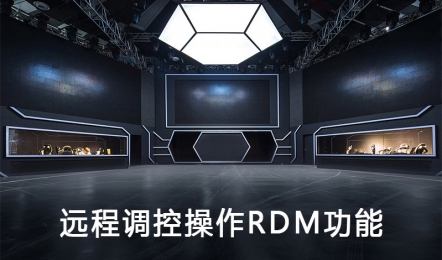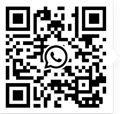Stage lighting is the craft of lighting as it applies to the production of theatre, dance, opera and other performance arts.[1] Several different types of stage lighting instruments are used in this discipline. In addition to basic lighting, modern stage lighting can also include special effects, such as lasers and fog machines. People who work on stage lighting are commonly referred to as lighting technicians.
The equipment used for stage lighting (e.g., cabling, dimmers, lighting instruments, controllers) are also used in other lighting applications, including corporate events, concerts, trade shows, broadcast television, film production, photographic studios, and other types of live events. The personnel needed to install, operate, and control the equipment also cross over into these different areas of "stage lighting" applications.
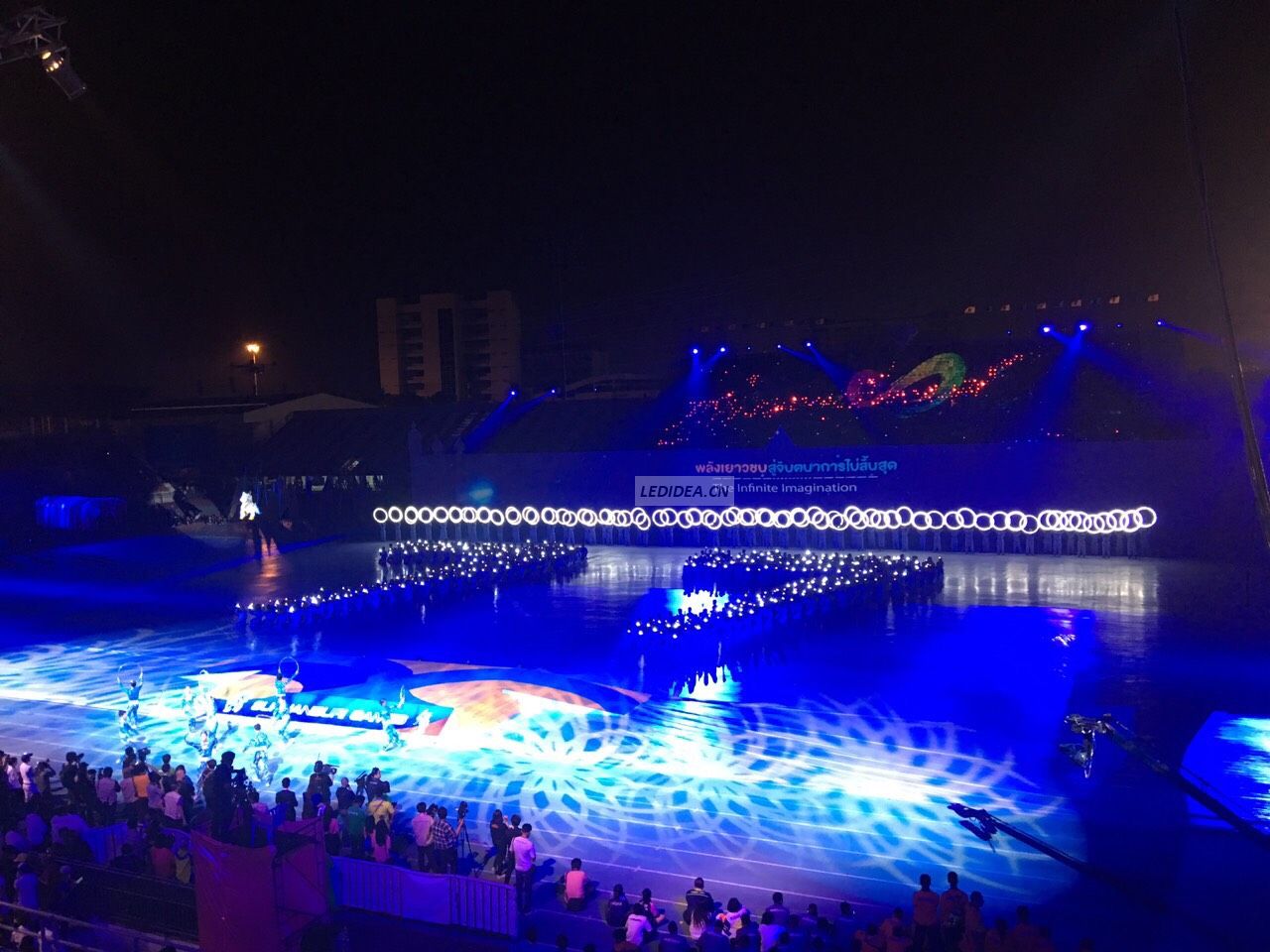
Stage Lighting
A typical moving light allows the designer to control the position, color, shape, and strobing of the light beam created. This can be used for exciting effects for the entertainment or dancefloor use. Moving lights are also often used instead of having a large number of "generic" lights. This is because one moving light can do the work of several generics.
In the UK the nomenclature is slightly different from North America. This article primarily uses the North American terminology. Although there is some adoption of the former naming conventions it has been normal to categorise lanterns by their lens type, so that what in the US is known as a spotlight is known as a Profile or a Fresnel/PC (Pebble/Plano/Prism Convex) focused tightly on a specific area of the stage (either by repositioning the lens, or by using barndoors) in the UK. A Spotlight in the UK often refers to a Followspot, or any lantern in general which has been focused tightly into a small area. The following definitions are from a North American point of view. UK naming conventions are used in most of the world,[citation needed] in fact most North American theatres will also use the UK terms except when talking in a more general sense (i.e. get a spotlight to focus on that set piece, or 'flood this area').[citation needed]
In Australia and many other places, the lamps inside a theatrical fixture are referred to as bubbles.[citation needed] In North American English, a bubble refers to the protrusion that occurs when one's body (or other oily substance) contacts the lamp. Heat will cause the portion of the lamp which has oil on it to expand when it is on creating the bubble, and causing the lamp to explode. That is why one should never directly touch the glass portion of a lamp. Cleaning with rubbing alcohol will remove the oil.
Lighting controls
Main article: Lighting control console
Entertainment Technology's Marquee lighting console.
Lighting control tools might best be described as anything that changes the quality of the light. Historically this has been done by the use of intensity control. Technological advancements have made intensity control relatively simple - solid state dimmers are controlled by one or more lighting controllers. Controllers are commonly lighting consoles designed for sophisticated control over very large numbers of dimmers or luminaires, but may be simpler devices which play back stored sequences of lighting states with minimal user interfaces. Consoles are also referred to as lighting desks or light-boards.
For larger shows or installations, multiple consoles are sometimes used together and in some cases lighting controllers are combined or coordinated with controllers for sound, automated scenery, pyrotechnics and other effects to provide total automation of the entire show, using a specific branch of MIDI technology called MSC (MIDI show control). See show control.
The lighting controller is connected to the dimmers (or directly to automated luminaires) using a control cable or wireless link (e.g. DMX512) or network, allowing the dimmers which are bulky, hot and sometimes noisy, to be positioned away from the stage and audience and allowing automated luminaires to be positioned wherever necessary. In addition to DMX512, newer control connections include RDM (remote device management) which adds management and status feedback capabilities to devices which use it while maintaining compatibility with DMX512; and Architecture for Control Networks (ACN) which is a fully featured multiple controller networking protocol. These allow the possibility of feedback of position, state or fault conditions from units, whilst allowing much more detailed control of them.[22]
Dimming
Main article: Dimmer
A pair of modern 2.4 kW dimmers
A dimmer is a device used to vary the average voltage applied to an instrument's lamp. The brightness of a lamp is proportional to its electric current, which in turn is proportional to the applied lamp voltage. When the applied voltage is decreased, a lamp's electric current will also decrease, thus reducing the light output from the lamp (dimming it). Conversely, a higher voltage will cause higher lamp current and increased (brighter) light output. Dimmers are frequently found in large enclosures called racks or dimmer racks that draw significant three-phase power. They are often removable modules that range from 20-ampere, 2.4-kilowatt to 100-ampere units.
In the case of incandescent lamps, some color changes occur as a lamp is dimmed, allowing for a limited amount of color control through a dimmer. Fades (brightness transitions) can be either UP or DOWN, meaning that the light output is increasing or decreasing during the transition. Most modern dimmers are solid state, though many mechanical dimmers are still in operation.[23]
In many cases, a dimmer can be replaced by a constant power module (CPM), which is typically a 20- or 50-ampere breaker in a dimming module casing. CPMs are used to supply line voltage to non-dimming electrical devices such as smoke machines, chain winches, and scenic motors that require constant operating voltage. When a device is powered by a CPM, it is fully energized whenever the CPM is turned on, independent of lighting console levels. CPMs must be used (in lieu of dimmers) to power non-dimming devices that require specific line voltages (e.g., in the US, 110 V, 60 Hz power)[24] in order to avoid damage to such devices. Dimmers are seldom used to control non-dimming devices because even if a dimmer channel is trusted to always operate at full power, it may not be controlled when communications are disrupted by start up and shut down of the lighting control surface, noise interference, or DMX disconnects or failure. Such a loss of control might cause a dimmer to dim a circuit and thus potentially damage its non-dimming device.
Devices like moving heads also require independent power, as they cannot function on a partially dimmed channel for power, on top of requiring several other channels in order to convey all of the data they require for their several features. In order to simplify the control of moving head lanterns, instead of assigning channels manually to the lantern, many desks also offer a fixtures section, where one can assign the lantern as a fixture, allowing the desk to organise the data being transferred to the lantern on a much simpler scale for the operator. Fixtures may also incorporate smoke machines, snow machines, haze machines etc., allowing many special effects to be run from a single desk.
Increasingly, modern lighting instruments are available which allow remote control of effects other than light intensity, including direction, color, beam shape, projected image, and beam angle. The ability to move an instrument ever more quickly and quietly is an industry goal. Some automated lights have built-in dimming and so are connected directly to the control cable or network and are independent of external dimmers.
